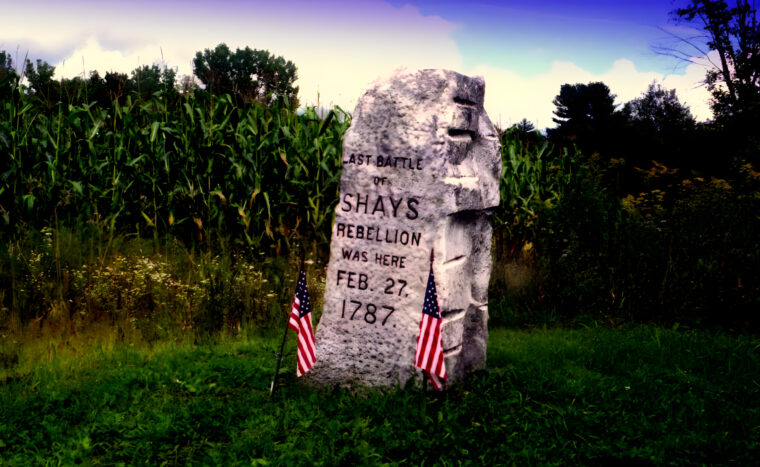
Ian Hernon’s ‘America’s Forgotten Wars’
By Christopher Miskimon
Daniel Shays spent his life as a landless farm laborer, enthusiastic for the occasional militia training days. Read more

Daniel Shays spent his life as a landless farm laborer, enthusiastic for the occasional militia training days. Read more
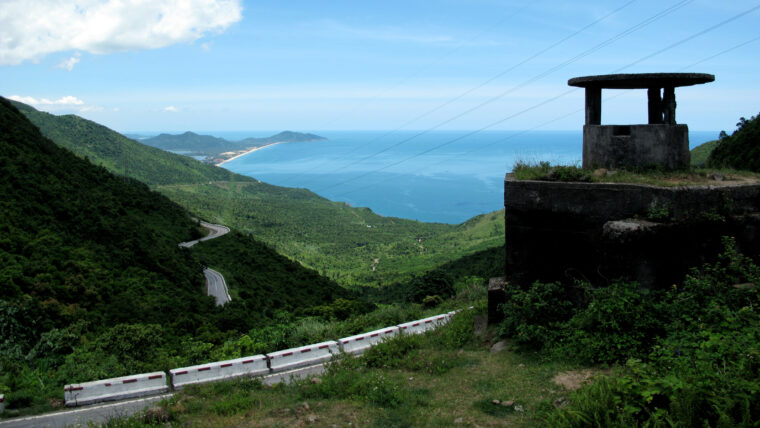
Few Americans know about the end of the Vietnam War because the United States was not there to see it. Read more
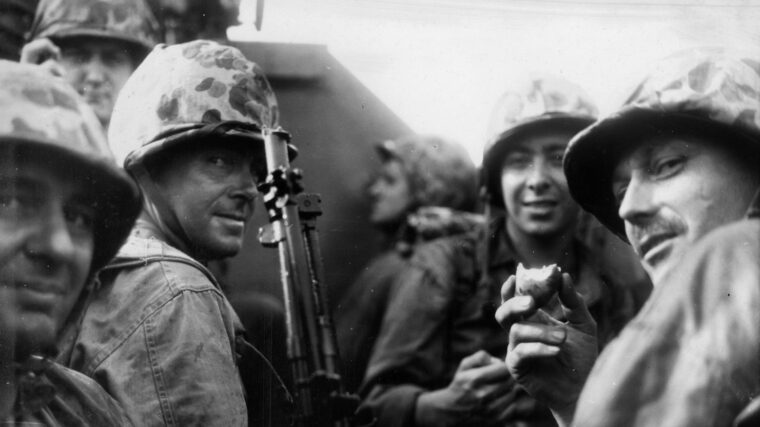
Noted chronicler of the Pacific Theater Eric Hammel recently spent three years sorting, scanning, cleaning, selecting, and captioning United States Marine Corps World War II photos for six pictorial books. Read more
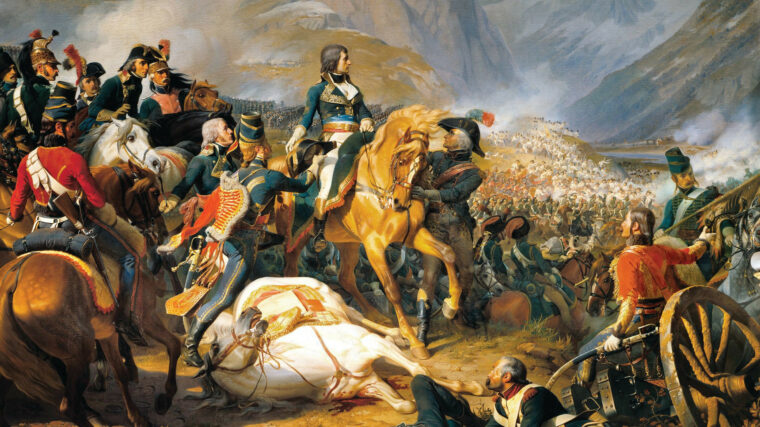
Twenty-six year-old Napoleon Bonaparte took command of France’s 23,000-strong Army of Italy in Nice, France, in late March 1796. Read more
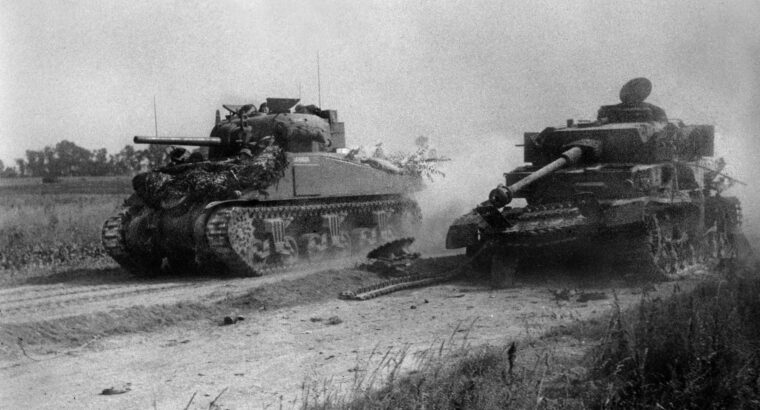
The black uniformed German panzer crews climbed into their Panther tanks at 10 pm on June 8, 1944. Read more
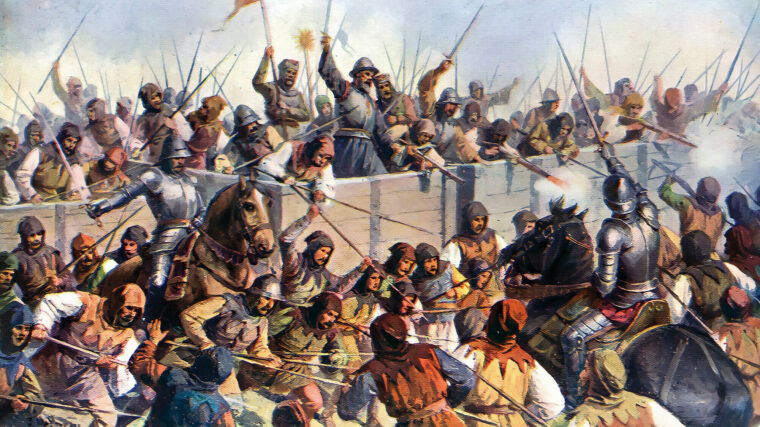
The 15-year-long Hussite War erupted in Bohemia in 1419 between the followers of martyred Czech theologian Jan Hus and the Roman Catholic Church. Read more
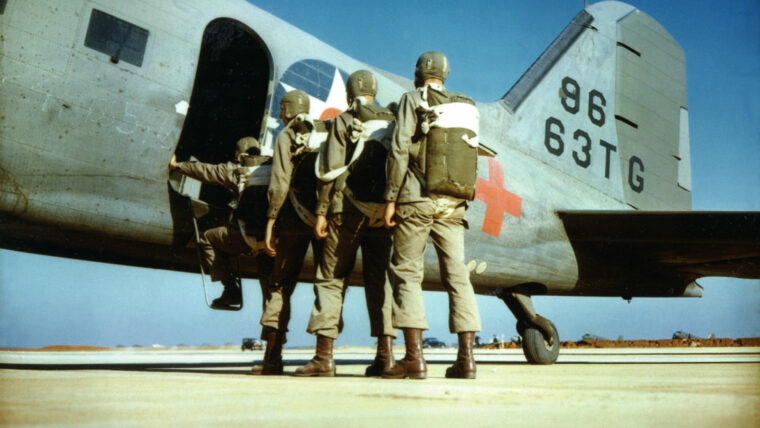
Every American soldier who jumped into North Africa, Europe, the Philippines, and other combat zones around the globe during World War II had to first learn his trade at Fort Benning, Georgia. Read more
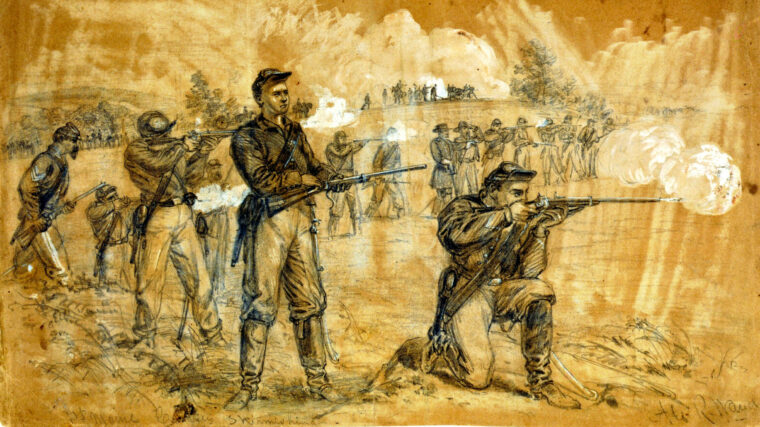
For the Federal government at Washington, D.C., the news from Tennessee was grim in late September 1863. The Union Army of the Cumberland, under Maj. Read more
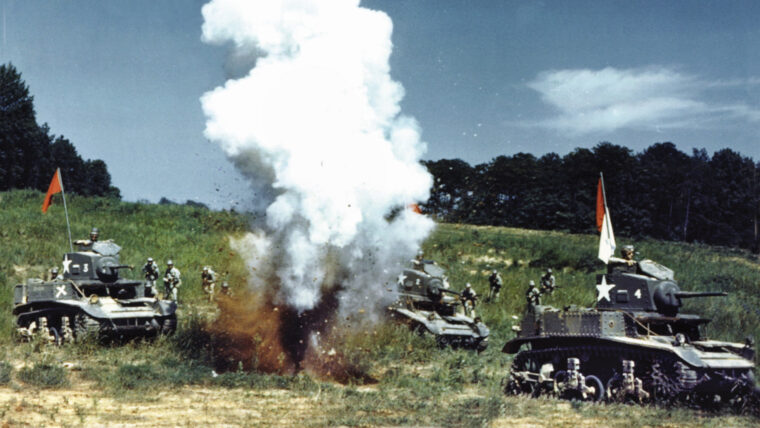
By Christopher Miskimon
Thirteen Panzerkampfwagen IV tanks advanced down the Chouigui-Mateur road in an attack against the newly arrived American First Armored Division. Read more

The time was early 1967, the place a crowded square over a body of water on a narrow bridge in downtown Saigon. Read more
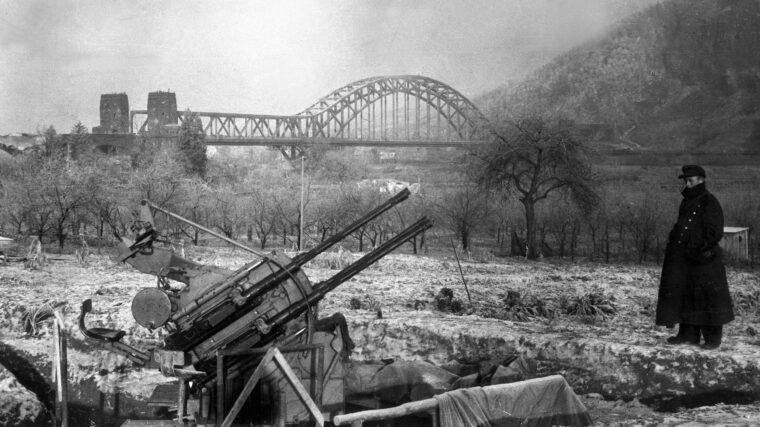
It was March 7, 1945––a gray, overcast day with a nasty chill in the air, the kind of day in which a soldier at the front wished he could relax in front of a toasty fire with a canteen cup full of hot coffee and think about home. Read more
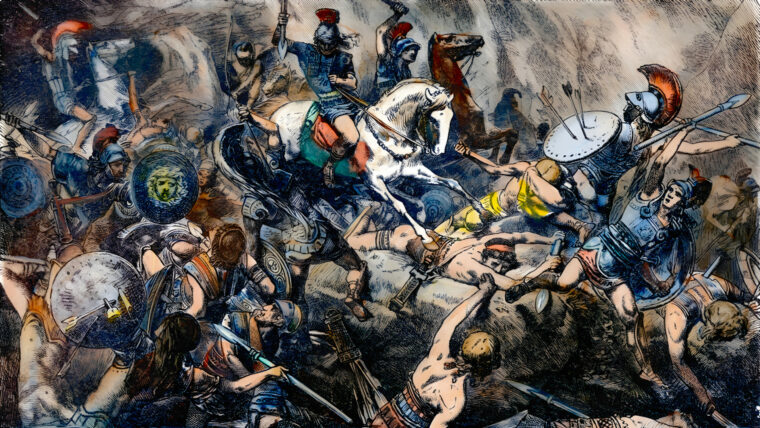
The wars fought by Sparta and Athens in the fifth century bc pitted one city-state with ancient Greece’s greatest army against one boasting her most powerful fleet. Read more

The U.S. Army trained dogs for a number of tasks during World War II. From checking for mines to guarding prisoners of war, the dogs performed admirably, but a few special dogs actually earned jump wings. Read more
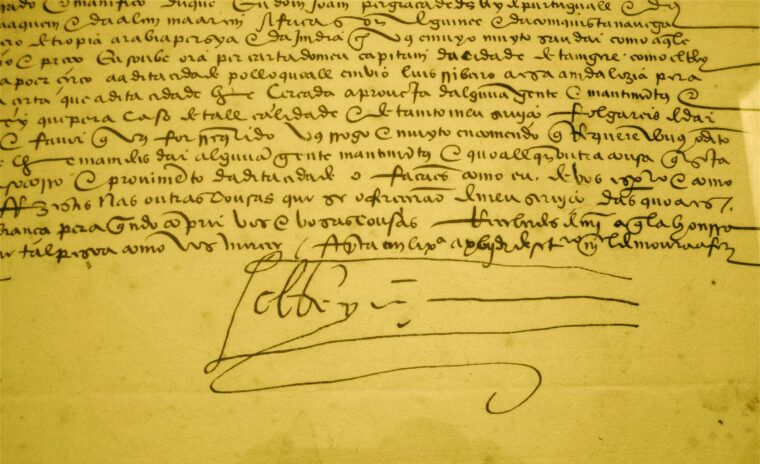
Collecting handwritten documents and letters on military subjects is as long-standing as military history itself. By general definition, when a letter is written and signed by a person, it is considered a holograph (or autograph letter), but a document is something written by an official or servant and then signed by an important person. Read more
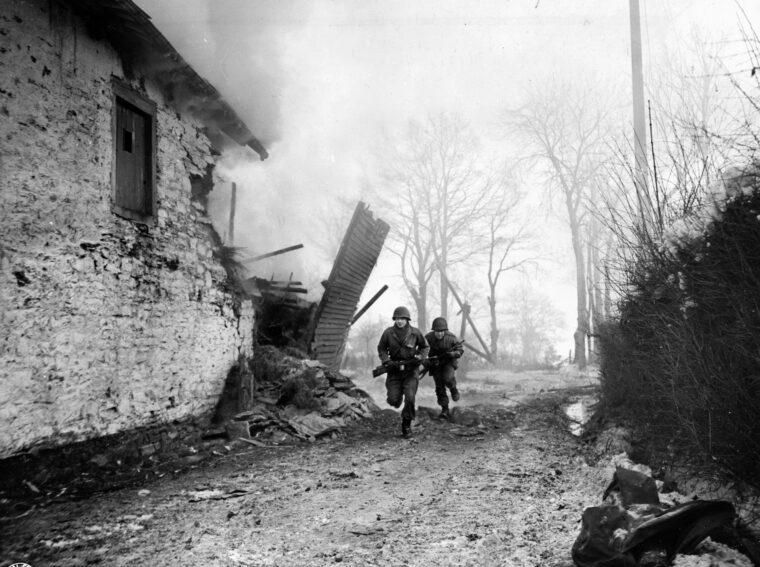
The GIs defending Pillbox No. 9 watched in despair as a weak January sun set behind them. Read more
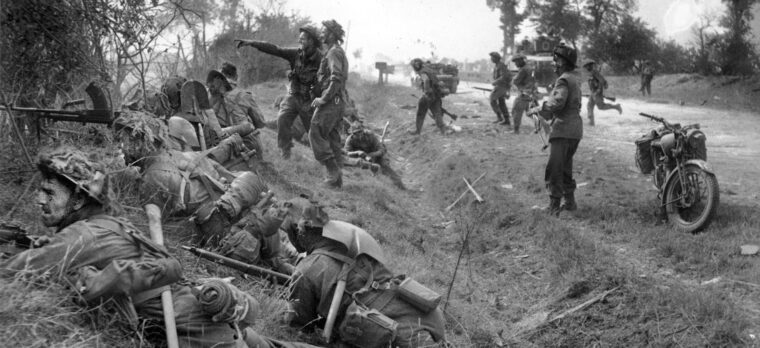
The political and military reasons for launching Operation Goodwood have been discussed in virtually every book written about the Normandy campaign. Read more
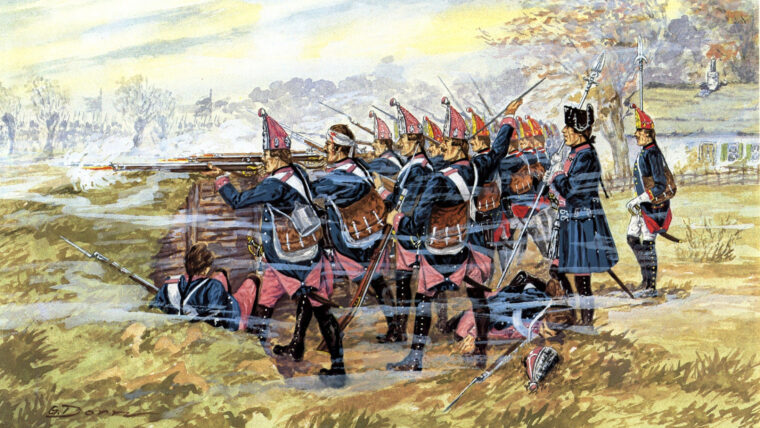
Miter Helmet: The tall miter design dated from the 17th century, when grenadiers threw grenades and needed a hat that would not impede their throwing arm. Read more

Betio is the main island of the Tarawa Atoll in the Central Pacific nation of Kiribati, formerly known as the Gilbert Islands. Read more
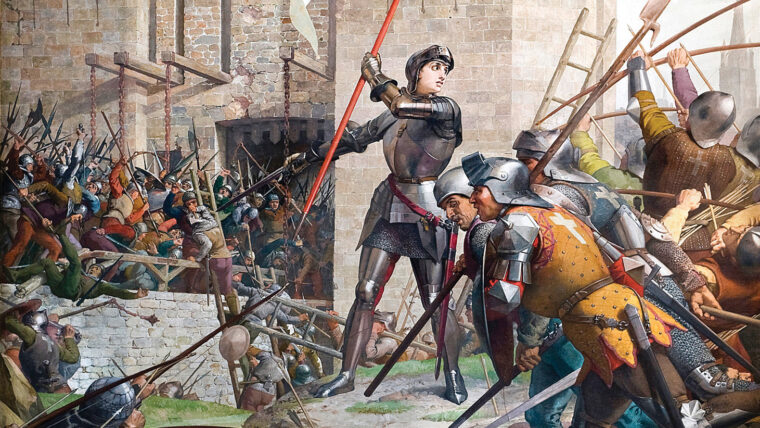
In November 1455 a most extraordinary ecclesiastical court convened in the Cathedral of Notre Dame in Paris at the behest of the French Inquisition. Read more

While supply and logistics may seem like dull, dry topics, they are absolutely essential to military operations, for no victory can be achieved without a steady, uninterrupted flow of food, fuel, ammunition, clothing, medical supplies, and other key matériel. Read more